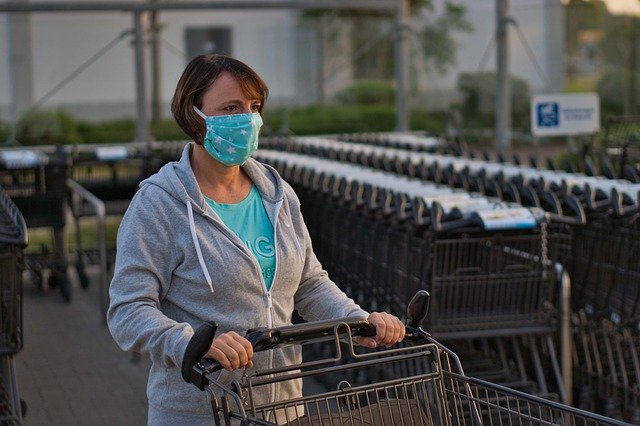In a recent press conference, the New York Governor Andrew Cuomo stated that around 66 percent of the newly hospitalized Coronavirus patients in the state were people who had been staying home during the shutdown.
On May 6, he stated that "this is a surprise: Overwhelmingly, the people were at home. We thought maybe they were taking public transportation, and we've taken special precautions on public transportation, but actually no, because these people were literally at home."
In addition, Cuomo also said that this data came from a survey of over 100 New York-based hospitals and about 1,300 new patients. Even in India which has surpassed China in terms of COVID-19 infection cases, the numbers are increasing despite the fact that the whole country is under lockdown since March 24.
Now the question is how the people are getting infected by the virus even though they are staying at home? In this case, some experts have revealed that there are some measures which people should follow while staying at home during the Coronavirus pandemic.
The Former FDA Associate Commissioner, Peter Pitts who is also the President and co-Founder of Center for Medicine in the Public Interest, an independent body for the study of health matters, told IBTimes SG:
Homes are not hermetically sealed. The people that Governor Cuomo refers to do not represent the general public These are people in higher risk categories — the elderly and people with serious underlying health conditions. Perspective is crucial. That fact that people in self-quarantine still get infected by COVID-19 is interesting, but not surprising or particularly relevant. It is a highly contagious virus. That's why its a pandemic.
The more important statistic is that a growing percentage of people hospitalized with serious manifestations of this novel coronavirus are surviving. As we reopen our economy it's crucial that we remember that 85 percent of everyone who gets infected will successfully battle the virus at home with bed rest, plenty of liquids and a healthy dose of tender loving care. If we can, simultaneously, provide the care that ensures the successful resolution of those at highest risk, we're well on our way to victory.
The use of mask

Earlier, the Centers for Disease Control and Prevention (CDC) had suggested people should wear masks or cloth face coverings outside of their residence to contain the spread of COVID-19. Stephen Morse, professor of epidemiology at the Mailman School of Public Health at Columbia University told CNBC Make It, "people have to be very careful about how they put them [Masks] on and how they take some off." It is suggested that before using a mask people should wash both the hands and repeat the same while removing it.
The mask should cover the nose and mouth completely. Experts advised that the wire goes over the nose piece, has to mold to the nose and the mask should be tucked under the chin. "If [masks] become contaminated and you touch them — even if your hands are clean — when you then touch your face afterward you can infect yourself," said Morse.
Keep a safe distance

Keeping a six feet distance when out in public is necessary to prevent respiratory droplets from reaching you if someone sneezes or coughs, said Morse. He also said, "There's a limit to how far you can, especially in New York City, keep apart," but people can avoid looking at others face-to-face when out in crowded and can walk side-by-side with others, rather than being directly behind someone.
While getting inside an elevator, it is advisable to have a minimum number of people and even if someone is alone inside the elevator, they should wear a mask. Elevator's buttons can be pressed by using a key or other objects, but still, after getting inside the house people should wash the hands.
Precautions while running essential errands or frequentng businesses

As the U.S. started reopening its economy, people should be extra careful if they are running essential errands or frequenting businesses. As per the CDC, people can take fewer trips to the stores to reduce the amount of exposure they have to others. They can order the food as well as medication for delivery if possible.
CDC also advised people to make sure that they are staying at least six feet from others and their face is covered. After the completion of the shopping, people should always use hand sanitizer and wash both hands with soap and water when they reach home.
Tacking care of groceries and other items from outside
Since novel Coronavirus can survive on surfaces for hours to days, after getting any package or grocery items people should leave them outside the door before taking it inside using clean hands. As per Morse, people can also wipe the items with a disinfectant and put them on a surface that can be cleaned easily afterwards.









